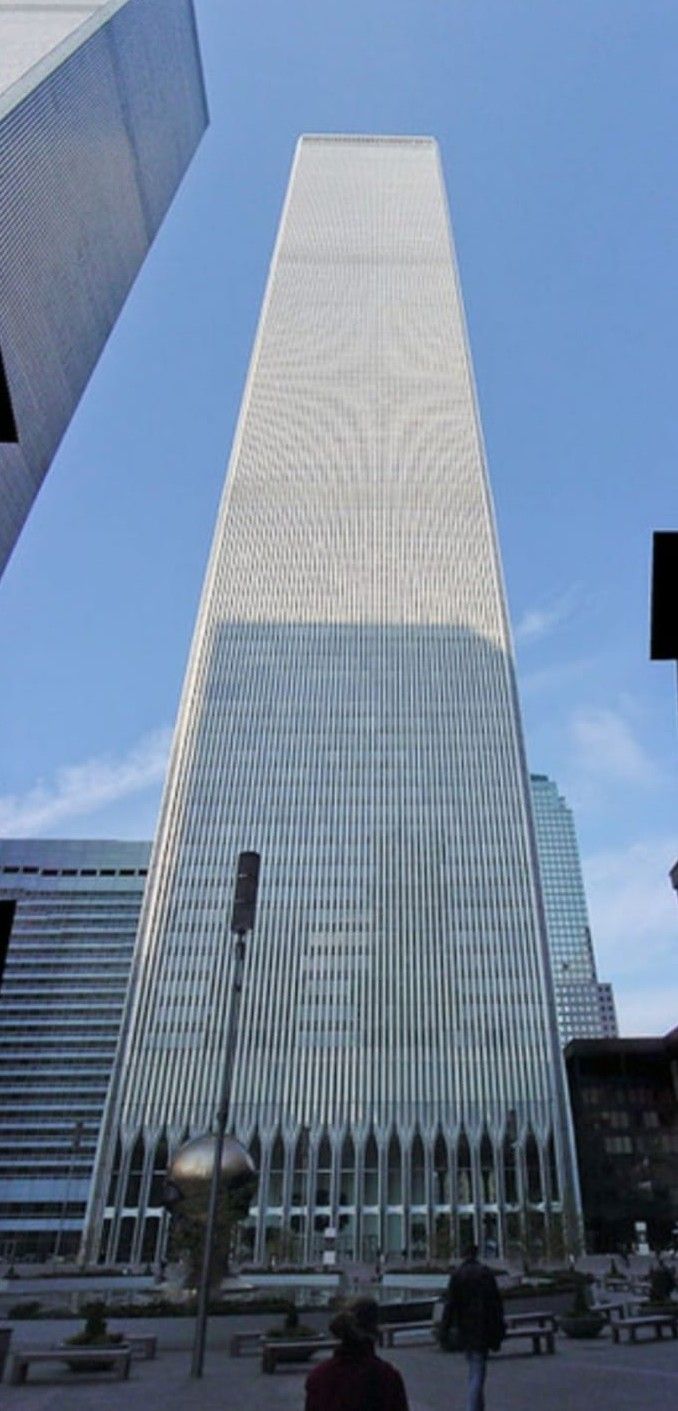Oystein
Senior Member
At peril of falling victim to another distraction:Well, I just mean replicating the minimum required lethal damage you believe the buildings suffered, but with targeted explosives. If a plane impact and fires can destroy the South Tower in a mere 56 minutes, it should be trivial to replicate the damage with demolition charges. That's because in a fire, a lot of the energy is wasted on heating up things that weren't necessary for the building to collapse. With explosives, you can focus all the energy to do the bare minimum required to trigger the collapse. You can't say that it would take tons and tons of large explosives, if you believe the same thing was accomplished by a fire.
One theory holds that fires made the floor trusses sag, so they pulled walls inward by catenary action, and collapse ensued.
One way to make the floor trusses sag would be to cut their bottom chords, which are steel rods no more than 1 inch thick, if memory serves. The top trusses would sag and pull in, having lost the trusses' internal stability. Do this on all trusses on one side of the tower over 3 floors or so, and I think you might initiate a collapse in a similar fashion as the fires did. I'd guess, wildly, that half a pound of explosives per chord would be plenty. We are talking about perhaps 150 trusses? So 75 pounds of explosives. You could even fire them without time coordination, or at random times, or triggered by the heat of fires, just cut onf after another until you have cut enough for collapse to initiate.
Now what? What do you do with that theory?

